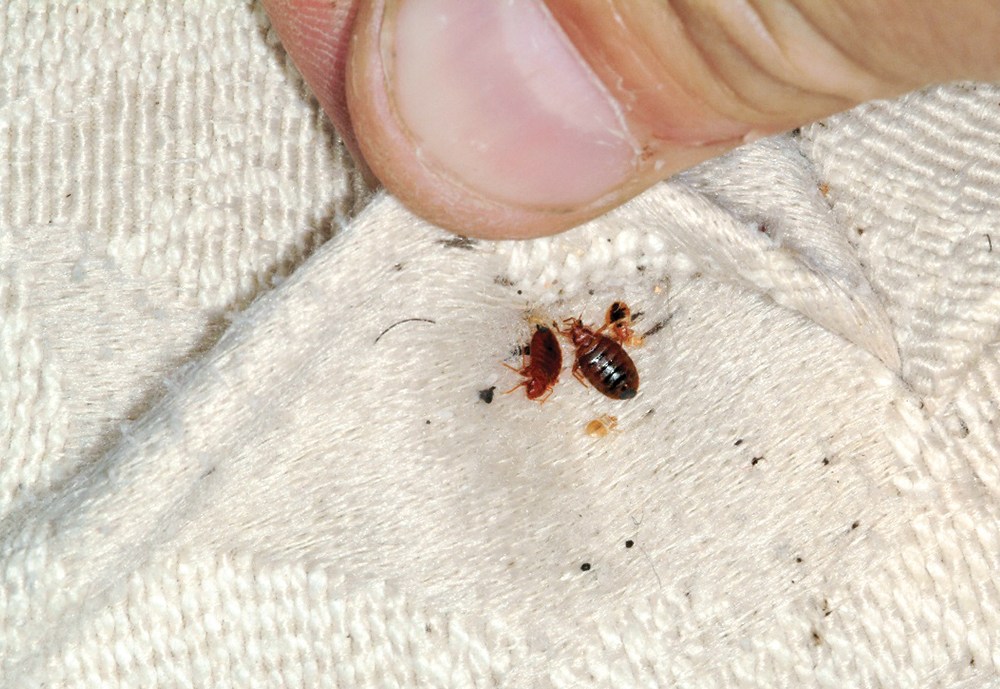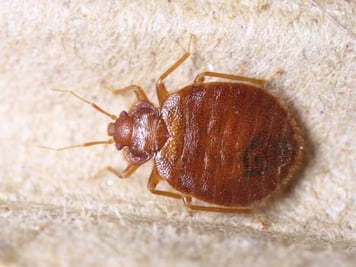A1 Bed Bug Exterminator Houston: Dependable Treatment Solutions
A1 Bed Bug Exterminator Houston: Dependable Treatment Solutions
Blog Article
Understanding the Lifecycle of Pests for Targeted Control Strategies
Understanding the lifecycle of bugs is a fundamental aspect of efficient insect administration techniques. Through a deeper understanding of exactly how insects grow and progress, tailored control strategies can be created to resolve certain points in their lifecycle, ultimately leading to more effective parasite monitoring outcomes.
Significance of Understanding Pest Lifecycle
Recognizing the lifecycle of bugs is necessary for establishing reliable and targeted control strategies in bug administration. By comprehending the various phases a parasite goes through from egg to adult, bug control professionals can recognize susceptible factors in the lifecycle where intervention can be most successful.
Moreover, recognizing the details ecological problems required for each phase of the bug's lifecycle can assist decisions on habitat alteration or exemption methods to disrupt the lifecycle and lower bug populations. This knowledge makes it possible for pest administration experts to execute proactive actions rather than relying only on responsive treatments, resulting in more lasting and lasting bug control services. Ultimately, a complete understanding of parasite lifecycles encourages insect control specialists to customize their approaches properly, optimizing and lessening ecological impacts control end results.
Secret Phases in Insect Development
To effectively apply targeted control strategies in pest monitoring, an important facet lies in comprehensively determining and understanding the essential stages in insect advancement. Bug development usually is composed of several key phases that are important for their lifecycle and administration.

Vulnerabilities in Bug Lifecycle
Throughout the different stages of a bug's lifecycle, distinct vulnerabilities emerge that can be strategically targeted for reliable control steps. One important susceptability hinges on the egg stage, where parasites are frequently much more at risk to particular insecticides or organic control agents as a result of their soft outer shell, making them easier targets for treatment. Additionally, the larval or nymph stage offers susceptabilities as insects go through quick development and growth, requiring high power consumption that can be made use of by disrupting their food resources or introducing development preventions. Pupal stages, characterized by immobility and change, use a home window for targeted control with physical obstacles or details therapies that impede effective development. Grown-up insects, while extra durable due to their reproductive capacity, can still be prone throughout breeding or egg-laying activities, which can be interrupted through scent catches or sanitation strategies. Understanding these vulnerabilities in the parasite lifecycle is important for creating specific and reliable control strategies that effectively manage insect populations while minimizing environmental impact.
Implementing Targeted Control Actions

Implementing targeted control measures typically involves a multi-faceted method. This might consist of habitat alteration to make the environment less congenial to bugs, such as removing standing water for mosquito control or securing entrance factors for rodents. Furthermore, biological control approaches can be made use of, where natural killers or pathogens are introduced to maintain insect populaces in check.
Chemical control, such as the mindful application of chemicals, is another typical approach. It is vital to use these substances deliberately to reduce ecological impact and prospective damage to non-target varieties - A1 Bed Bug treatment houston. Integrated Parasite Administration (IPM) approaches that combine different control measures in a coordinated and lasting fashion are commonly the most reliable in achieving long-lasting insect administration goals. By carrying out targeted control procedures based on a complete understanding of bug lifecycles, parasite populaces can be efficiently controlled while minimizing risks to human wellness and the setting.
Enhanced Insect Monitoring Practices

Moreover, the unification of biological control representatives, such as all-natural killers or pathogens of bugs, can help reduce dependence on chemical pesticides and advertise an extra balanced environment. Carrying out physical obstacles and traps can additionally belong to boosted pest administration techniques, offering safe and targeted options for pest control. Additionally, the use of scents and other semiochemicals can interrupt pest mating patterns and interaction, leading to minimized parasite populaces over time.
Final Thought
By determining vital stages in parasite advancement and susceptabilities in their lifecycle, targeted control procedures can be implemented to lessen insect populaces. Enhanced parasite management methods can aid lower the dependence on broad-spectrum chemicals and advertise even more lasting and eco friendly insect control methods.
Comprehending the lifecycle of bugs is essential for creating effective and targeted control techniques in pest administration. By comprehending the numerous phases a parasite goes through from egg to adult, insect control professionals can identify vulnerable points in the lifecycle where treatment can be most successful. Eventually, a detailed understanding of bug lifecycles encourages bug control specialists to tailor their techniques effectively, lessening environmental effects and look these up maximizing control outcomes.
By applying targeted control procedures based on a detailed understanding of parasite lifecycles, pest populations can be properly regulated while minimizing dangers to human wellness and the environment.
By determining essential phases in insect advancement and vulnerabilities in their lifecycle, targeted control steps can be applied to lessen parasite populaces.
Report this page